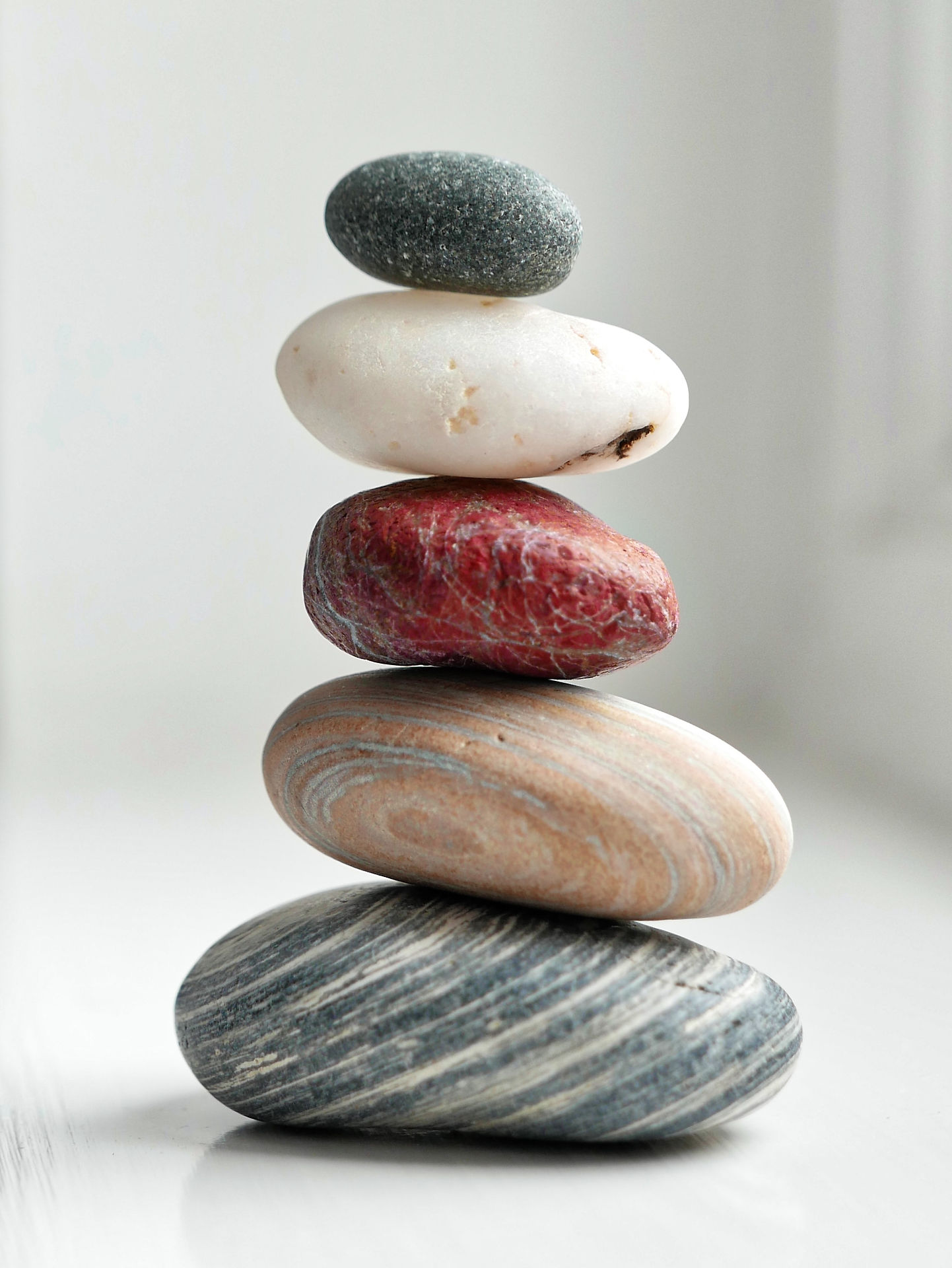
Inspire Creativity and Storytelling Through Nature
Stonework Play is experimental learning. Like life, it takes place in four realms: the Inner, Social, Imaginative, and Material Realm.
IMAGINATIVE REALM
The accessibility of the stones makes them ideal for stimulating our own imaginations––superhero, animal god, soldier, and mother. Once upon a time there was a seven year old girl in a lovely bright pink top that was decorated with white and light pink little circles. With her front tooth missing, she had an infectious smile while engaging in Stonework Play at the Providence Children’s Museum, Providence, Rhode Island. This little girl gathered her stones from the wooden trays, sat down on the ground and started to move her stones to make this story that I would like to share.
MATERIAL REALM
The stones allow us to experience storytelling with all of our senses. They have a strong and almost eternal physical presence and history. They were around long before we were, and will be around long after we have gone. Children I have worked with on stonework projects, particularly Stonework Play, seem to develop a special relationship with me. This bears out what the late international infant specialist Magda Gerber describes as the “wants nothing “ observer, someone who wants nothing more than what the child wants to share. That is truly showing respect to the child, and enhances the child's self-esteem.
INNER REALM
This includes the imagination and the neurological wiring of the brain through cognition and imagination. This accounts for the ability of the stones to stimulate an internal narrative. This creates great stories to a child who knows best when he is the initiator and doing purposeful play. As adults we need to pay attention and not assume we always know what a child is thinking and doing.
SOCIAL REALM
This accounts for how we use the stones to help us form relationships with others. Each stone is unique, like each person. Stones are big or small, they are tall or short, they are fat or slender, they are different in color, but they are all stones. Not one of them is more a stone than another — like us!
DISCOVERIES
Repeated experiences in stonework in children’s museums, child development centers, education conferences, and family settings have led to the continuation of what began in Kathmandu. In 2012, the Elizabeth Jarman Foundation in Great Britain, in collaboration with Diana Suskind, conducted the first global research project relating stonework with storytelling. The foundation issued an Internet proposal to its international readership. Interested participants were asked to “focus on the use of natural resources and storytelling” by using “a framework to capture observations of the process in action.”
The findings of the project from the 16 participating children’s programs are documented in the Final Report (Jarman, 2013). The findings captured key aspects of stonework:
• The participants were asked to reflect on the stories their stone drawings told. This promoted respectful listening and a supportive learning environment. The drawings and photographs of the stonework reinforced reflective thinking and learning.
• Adult leaders recorded a considerable increase in language and communication. Although no measurable differences between gender responses to stonework were observed, boys’ storytelling seemed to be more imaginative.
• Enjoyment and the desire to engage in further stonework resulted from the sensory experience of working with natural materials.
• Responses are influenced by the physical environment in which stonework occurs: inside/outside, private, communal, clearly defined spaces.
• Practitioners reflected on the resources they offer children and how they might make greater use of natural resources.
• Participants found it helpful to involve staff in their own stonework efforts prior to doing it with children.